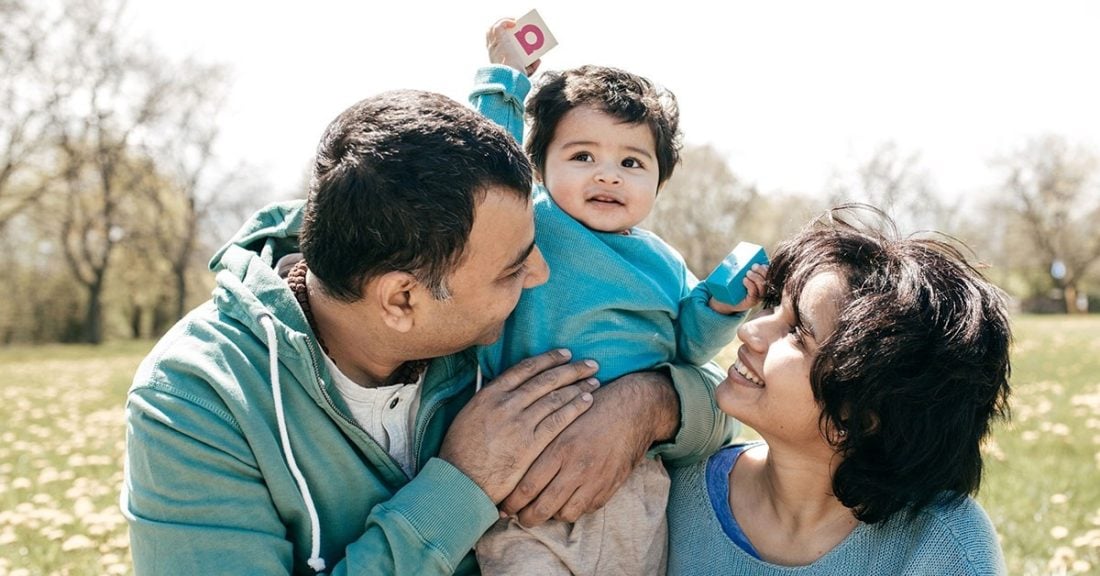Kids in Immigrant Families are Increasingly Likely to Have Parents Who Earned High School Diplomas

Compared to their peers in native-born families, children in immigrant families are more likely to have parents whose educational careers have stopped short of a high school diploma. However, this statistic has trended in the right direction since before the Great Recession. In 2008, 27% of children in immigrant families had parents who did not finish high school. By 2017, this statistic had dropped to around 21%.
Another positive: The gap between the two family groups is decreasing. In 2008, the share of kids whose parents lacked a high school diploma was 27% in immigrant families versus 7% percent in native-born families. By 2017, this divide had narrowed to 21% of kids in immigrant families and 6% of kids in native-born families.
Conditions varied across the states.
Among states where the population of children in immigrant families was large enough to report data, kids in Nebraska (37%) and Arkansas (36%) were most likely to have parents who had no high school education. Children in Hawaii (7%), New Hampshire (8%) and Wyoming (8%) were the least likely to have parents who fit into this category.
This KIDS COUNT Data Center indicator covers both parents in each married-couple family or subfamily and the resident parent only for each single-parent family or subfamily.






